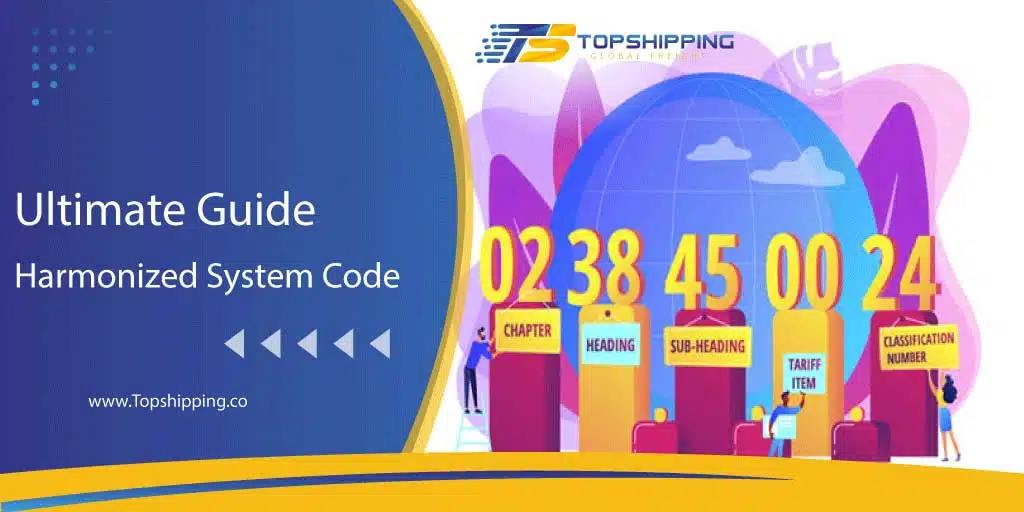

Table of Contents
What is the Harmonized System Code (HS Code)?
Each HS Code consists of a series of digits assigned to a specific class of products, ensuring uniform classification across borders.
This standardization simplifies international trade by precisely determining import duties, taxes, and other requirements.
HS Codes play a crucial role in facilitating smooth customs processes, minimizing delays, and ensuring accurate documentation.
For companies, finding the right HS Code in each transaction to avoid any fines and smoothness in international trade.
Topshipping helps clients identify the correct HS code for their shipment to make sure the cargo passes through customs smoothly in Canada and facilitate seamless delivery from China to Canada.

Donlowad Harmonized System Code
Each HS Code consists of a series of digits assigned to a specific class of products, ensuring uniform classification across borders.
This standardization simplifies international trade by precisely determining import duties, taxes, and other requirements.
HS Codes play a crucial role in facilitating smooth customs processes, minimizing delays, and ensuring accurate documentation.
How is the HS Code Structured?
The HS codes fall in a structured hierarchy from 2 to 10 digits. The classification of such goods takes place in international trade using the structure below.

Chapter
The first two digits specify the chapter, which broadens the classification of goods into sections, determined according to nature and use. Twenty-one such sections exist that classify the chapters from 01 to 99.
Heading
The first four digits denote the heading, a further classification within each chapter, narrowing down further the types of goods.
Item
The first six digits denote the subheading, further classification within each heading, giving in precise detail the description of the goods.
Subheading
The HS code is usually completely six digits, but countries can extend it up to 10 digits for even further detail. Extra digits provide more detailed information about the product, such as its composition, form, or function.
Example:
Consider the HS code for coffee:
- Chapter: 09 (Coffee, tea, mate, and spices)
- Heading: 0901 (Coffee; coffee husks and skins; coffee substitutes containing coffee)
- Subheading: 0901.21 (Coffee, not roasted, not decaffeinated)
- Item: 0901.21.10 – Coffee, not roasted, not decaffeinated, not flavored
Whereas the item classification gives increasing detail on the product from Chapter 09’s general product, coffee, down to the very detailed type of coffee at the line-item level.
This makes for a hierarchical structure in which goods can be particularly specific and uniformly classified for the purpose of international trade and simplified customs procedures accordingly.
How Do the HS Codes work?
HS codes are a harmonized way to classify internationally traded products.
Here’s how they function:

Uniform Classification
To begin with, the HS code provides a uniform classification system in the case of goods being traded across boundaries.
Almost all customs authorities around the globe have adopted this system in order to classify products under one uniform classification, which helps in the smooth flow of international trade.
Hierarchical Structure
The HS codes follow a hierarchical structure. These codes range between 2 and 10 digits.
Each digit represents a different level of classification, moving from the highest, the chapter, to the most detailed, the item.
Broad Categories (Chapters)
The first two digits of the HS code are known as the chapter and are determined by the nature of the goods or their use.
There are 21 chapters on various products, which include everything from live animals to foodstuffs, machinery, textiles, and many more.
Detailed Classification
As one moves further along in the HS code, classification becomes increasingly detailed.
Further, beyond the chapter level, the digits become progressively narrower in describing the product and material composition, form, function, or processing.
Global Standardization
These are used and recognized by customs administrations, traders, and every other party engaging in international trade.
This standardization ensures that goods being classified should be consistent around all countries in terms of country of origin and destination.
Tariff Determination
Now, the HS code plays a very important role in identifying which tariffs, duties, and taxes both imports and exports are liable to.
The HS code allows the customs authorities to correctly compute the tariff rates applied while enforcing the rules of trade accordingly.
Trade Statistics
HS codes form part of this basis for collecting trade statistics. These HS-coded data are used by the respective governments and international organizations in order to analyze flows of trade, monitor trends, and develop appropriate trade policies.
Harmonization Updates
The WCO regularly updates the HS system to reflect changing technology, trends in international trade, and product innovation. This type of update has kept the HS relevant and versatile amidst constantly changing global trade practices.
On the whole, HS codes are an integral part of any smooth and efficient flow in international trade, as they provide a unified language through which traded goods are classified and regulated.
Why Are HS Codes Important for Global Trade?
The HS Codes are very indispensable for smoothening worldwide trade. Since it is a standardized means of classifying goods, they greatly work towards lessening complications in international trade and customs clearances.
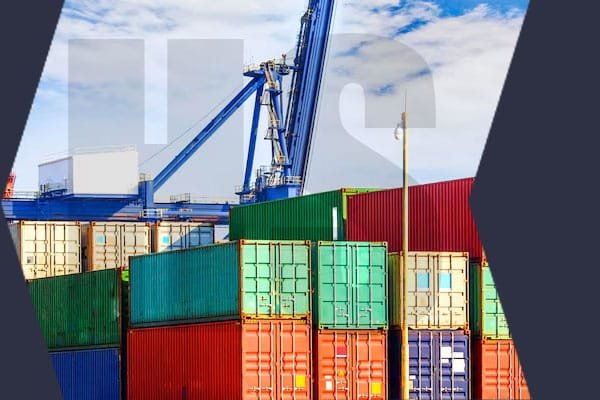
Custom Clearance Smoothing
This code helps customs officials easily identify the type of goods being imported or exported and facilitates faster clearances, likely reducing border congestion.
Exact Duty Calculation
Authorities calculate import duties and taxes based on the HS Code assigned to a product. Using the correct code ensures that a business pays the exact amount required—no more, no less.
Ensuring Compliance with Trade Laws
HS Codes match up with international trade agreements and regulations. Proper classification enables any business to observe legal requirements that include import restrictions or special tariffs.
Failure to comply may lead to fines, delays, or shipment rejections due to incorrect usage of the HS Code.
At Topshipping, accuracy and compliance with the right HS Codes for their shipments are made with priority, so that we can make trade from China to Canada smooth and seamless for our clients.
Exact Duty Calculation
Authorities calculate import duties and taxes based on the HS Code assigned to a product. Using the correct code ensures that a business pays the exact amount required—no more, no less.
What is the HS code on Commercial Invoice?
Harmonized System code, as the HS code is officially known, lies at the heart of a commercial invoice when it comes to international trade.
It is the language that, customs and delivery personnel of various countries use to obtain vital information about the nature of merchandise being shipped.
It is, therefore, very important that the HS code is accurate on the invoice.
Here is a step-by-step explanation of how the HS code should appear on a commercial invoice:

Description of Goods
Under the “description of goods” section of the invoice, write a full and accurate description of the shipped goods. This should include the name, characteristics, and quantity of the product to give customs a full idea of what shipment cargo is in the consignment.
HS Code
Also, beside each product description, write down the HS code allocated for that product. Normally, the number of digits for an HS code is six, although some countries make use of more detailed systems of classification. It is not by any means less important to make sure the allocated HS code correctly represents the product being shipped.
Country of Origin
Specify the country of origin for each of the items on the invoice. This is vital information that will be used in importing taxes, duties, trade agreements, and regulations.
Value of Goods
Please do not forget to include in the invoice the monetary value of each item. This valuation forms the very basis for the calculation of applicable tariffs, taxes, and customs duties during the clearance process.
Total Invoice Value: Add the individual product prices and any shipping cost associated with them to arrive at the total invoice value. This all-inclusive number will give customs a complete picture of the financial transaction involved.
Note: In case you engage the services of a professional freight forwarder, they will manage these chores professionally and efficiently for you and see that the shipment is properly compliance-heavy.
How to Find the Right HS Code for Your Product?
Correct identification of the proper HS Code for your product is indispensable in facilitating seamless international trade.
Here are some practical suggestions to ensure exactitude.

Utilize Online Tools
Most countries make searchable databases for HS Codes. An example is the website of Canada’s customs; it includes an online tariff tool where you can directly search by product description or keywords.
Consult Government Databases
Consult official tariff schedules or trade directories obtained from the WCO or your target country’s customs authority.
There one can find more detailed classifications in those resources.
Seek Expert Help
Customs brokers and logistics providers, including Topshipping, are experts in assisting businesses to determine the appropriate HS codes for their products.
Our team will analyze product details and advise on proper classification in compliance with the requirements.
Cross-Check Product Details
Now, break down the specifications of your product composition, purpose, and dimensions, for example, cross-check them against the headings and subheadings in the HS Code system to find the closest match.
Using the appropriate HS Code avoids errors, delays, and miscalculations of duties. At Topshipping, we make this process easy for our customers.
We ensure the correct classification of your goods and smooth delivery from China to Canada.
Using correct HS codes in shipping
Correct HS codes are used in shipping for the following reasons:

Customs Clearance
Customs classify all imported and exported goods under the HS code for customs clearance purposes. Proper classification of goods through the Harmonized System Codes facilitates expediting customs clearance with due compliance to import/export regulations.
Tariff Determination
HS codes help determine the tariffs, duties, and taxes levied on exported or imported goods. Proper classification with accurate HS codes ensures correct tariff calculations, avoiding both underpayment and overpayment of duties.
Trade Statistics
The HS-coded data form the basis of national and international trade statistics compilations.
When HS code reporting is accurately done, it offers possibilities for analysis of trade flows, market trends, and other economic indicators that inform decisions at both levels of policy formulation: micro and macro.
Risk Management
Customs also use HS codes in their risk management strategies for identifying high-risk shipments, detecting smuggling, and preventing illegal trade in restricted or prohibited goods. Accurate HS code classification mitigates any potential security risks and ensures supply chain integrity.
Compliance
Correct application of the HS code ensures that trade regulations are complied with, agreements are adhered to, and customs requirements are met.
Non-compliance with the classification of the HS code may result in punishments, fines, or for that matter, the confiscation of goods by customs.
To this effect, a business needs to be perfectly aware of the nature and characteristics of its merchandise and check official HS classification sources issued by the customs authority or international organization for proper application of HS code shipment.
Use web tools and databases to locate and verify HS codes. Consult with customs brokers, trade consultants, or attorneys who are experienced in international trade and customs regulations. Periodically verify HS code classifications, as products and regulations change.
This way, a company using the proper HS code will be able to efficiently ship goods while minimizing compliance risk and ensuring that international transactions go smoothly.
Differences Between Global and Local HS
The HS Code system is universally standardized, yet there exists a huge difference between the global and local adaptations of the codes:
Global Standard (First Six Digits)
The first six digits of any HS Code, as provided by the WCO, are the same across the globe. These digits categorize goods into chapters, headings, and subheadings. International trade would be impossible if these digits failed to uniform.
Local Extensions
Many regions or countries extend the HS Code beyond six digits to meet their specific trade and regulatory requirements:
- European Union: EU adds two to four extra digits with the purpose of detailed tariff classification and trade statistics.
- United States: It extends the code to 10 digits under the Harmonized Tariff Schedule to get to more precise duty rates.
- Canada: Additional digits are used for unique tariff rates and import/export monitoring, among other things.
Purpose of Extensions
Localized codes allow governments to:
- Apply region-specific tariff rates.
- Monitor imports and exports more precisely.
- Impose trade policies, quotas, or restrictions.
Here at Topshipping, we make sure your shipments comply with both global HS standards and local extensions to simplify customs clearance and avoid delays when shipping from China to Canada.
HS and HTS codes: What’s the difference?
The HS (Harmonized System) code and the HTS (Harmonized Tariff Schedule) code are both classification systems used for goods in international trade, but they are implemented by different entities and serve slightly different purposes.
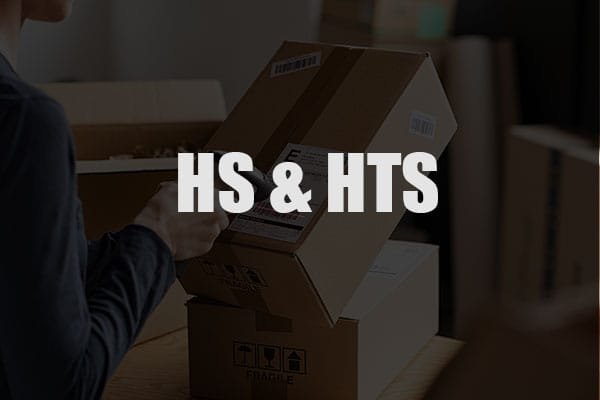
Harmonized System (HS) Code:
The HS code is a globally standardized classification system developed and maintained by the World Customs Organization (WCO).
It provides a uniform structure for classifying traded products based on their nature, composition, and intended use.
HS codes typically consist of six digits, though some countries may use additional digits for more detailed classification.
The HS code is used by customs authorities worldwide for tariff determination, customs clearance, and trade statistics.
Harmonized Tariff Schedule (HTS) Code:
The HTS code is a classification system used by the United States for imported and exported goods.
It extends beyond the international HS code to provide more detailed classification at various levels.
The HTS code is administered by the U.S. International Trade Commission (USITC) and is crucial for customs purposes, tariff determination, and trade compliance within the United States.
How do I get my HS Harmonized System Code?
To determine your Harmonized System (HS) code, you can follow these steps:
Identify Your Product:
Begin by identifying the product you are importing or exporting. You’ll need a clear understanding of its composition, characteristics, and intended use.
Consult HS Classification Resources:
Utilize official classification resources provided by customs authorities or international organizations. The World Customs Organization (WCO) offers the HS Online database, which provides access to the complete HS nomenclature and explanatory notes.
Use Online Tools and Databases:
There are various online tools and databases available that can assist you in finding the appropriate HS code for your product. These tools often allow you to search for codes by keywords, descriptions, or product categories.
Check with Customs Authorities:
Contact your local customs authorities or import/export agencies for guidance on HS code classification. They can provide assistance and clarification on specific classification issues, as well as any country-specific regulations or requirements.
Seek Professional Advice:
If you’re unsure about the classification of your product or if it falls into a specialized category, consider seeking advice from customs brokers, trade consultants, or legal professionals with expertise in international trade and customs regulations.
Review and Confirm:
Once you’ve identified a potential HS code for your product, review the classification criteria and explanatory notes to ensure that they accurately reflect the nature and characteristics of your goods. Double-check the classification with relevant authorities or experts to confirm its accuracy.
By following these steps and conducting thorough research, you can determine the correct HS code for your product, ensuring compliance with customs regulations and facilitating smooth international trade transactions.
Who uses the Harmonized System?
The Harmonized System (HS) is used by various stakeholders involved in international trade, including:
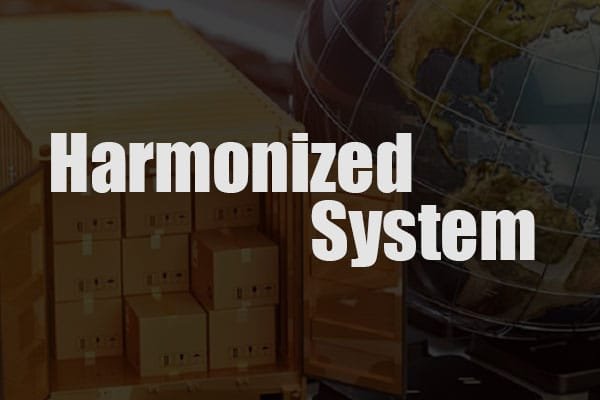
Customs Authorities:
Customs authorities in nearly every country around the world use the HS to classify imported and exported goods for customs clearance purposes. The HS provides a standardized method for customs officials to determine tariffs, duties, taxes, and other trade regulations applicable to traded goods.
Importers and Exporters:
Importers and exporters use the HS to classify their products accurately when completing customs documentation, such as commercial invoices, shipping manifests, and customs declarations. Proper HS code classification ensures compliance with customs regulations and facilitates the smooth clearance of goods through customs checkpoints.
Trade and Industry Associations:
Trade associations and industry groups utilize the HS for data collection, analysis, and advocacy on behalf of their members. The HS codes help these organizations track trade trends, monitor market developments, and advocate for favorable trade policies.
Governments and Policy Makers:
Governments use HS-coded trade data to analyze trade flows, monitor economic trends, and formulate trade policies. HS-coded data informs government decisions related to tariff adjustments, trade negotiations, and trade agreements.
International Organizations:
International organizations, such as the World Trade Organization (WTO), the World Customs Organization (WCO), and the United Nations (UN), rely on the HS for harmonizing trade statistics, facilitating global trade, and promoting economic development.
Transportation and Logistics Providers:
Transportation and logistics providers use HS codes to accurately identify and handle goods during shipping and transportation. HS-coded information helps ensure proper handling, storage, and delivery of goods throughout the supply chain.
Legal and Compliance Professionals:
Legal and compliance professionals use the HS to ensure that import/export transactions comply with relevant trade regulations and requirements. They provide advice and assistance to businesses on HS code classification, customs compliance, and trade law matters.
Overall, the Harmonized System serves as a vital tool for facilitating international trade by providing a common language for classifying and regulating traded goods across borders. Its widespread adoption promotes transparency, efficiency, and compliance in global trade transactions.
What are HTS, TARIC, and other HS-based instruments?
HTS stands for Harmonized Tariff Schedule, which is used in the United States as the method of classifying goods imported and exported.
It is based on the international Harmonized System yet it includes further levels of classification in order to meet special U.S. needs.
Trade policy and regulation are two major fields where the HTS code extends beyond the six-digit HS code into more detail at eight digits, ten digits, and even twelve digits.
HTS code is maintained by USITC for use in the United States for customs purposes, tariff determination, and to comply with the several requirements that international trade entails.
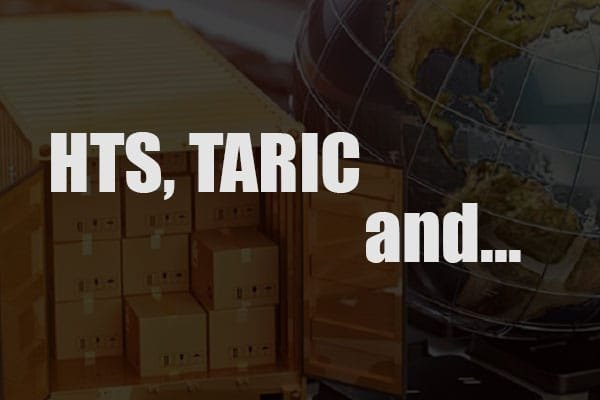
TARIC (Integrated Tariff of the European Communities):
The TARIC system is used to mean the classification system adopted by the Union for the declaration of goods imported and exported.
It draws on the international Harmonized System, but it carries community-specific codes and regulations in addition.
The TARIC system provides information on customs duties, trade measures, and other regulatory requirements applicable to goods traded within the EU and its customs territory.
Other instruments based on HS may include national customs tariff schedules, trade databases, and classification tools developed by individual countries or organizations for facilitating trade and customs operations.
These instruments are based on the international Harmonized System, but they can reflect further levels of classification, regulatory information, or trade-related data related to their respective jurisdictions or areas of operation.
How Often Are HS Codes Updated?
The WCO revises HS Codes every five years to meet the changing dimensions of world trade and technology. This revision continually updates the classification system to effectively capture the shifting patterns of trade, new technologies, and new products that are developed.
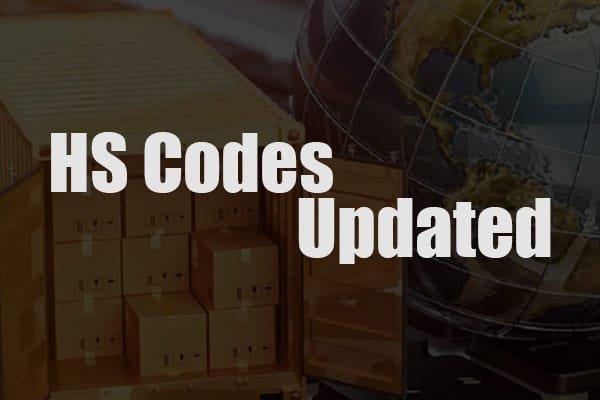
Meeting the Changing Market Realities
New products and industries, like renewable energy or sophisticated electronics, would need their classification. The revisions meet the emerging changes and provide for correct representation in the international trade world.
Enhancing Transparency in Trade
Regular updates harmonize international trade data, which increases transparency and reduces misunderstandings in customs declarations.
Key Milestones
The most recent updates in 2022 introduced codes for high-tech goods such as drones and 3D printers, as well as categories for pandemic-related supplies like vaccines and PPE.
We at Topshipping will keep an eye on such developments so that the proper classification of shipments is done to avoid compliance issues and ease trade from China into Canada.
Common Mistakes in Using HS Codes and How to Avoid Them
The incorrect use of HS Codes will lead to expensive delays, fines, or rejected shipments. Many businesses have faced the challenge at Topshipping, and here are some common mistakes to look out for—and how to avoid them:
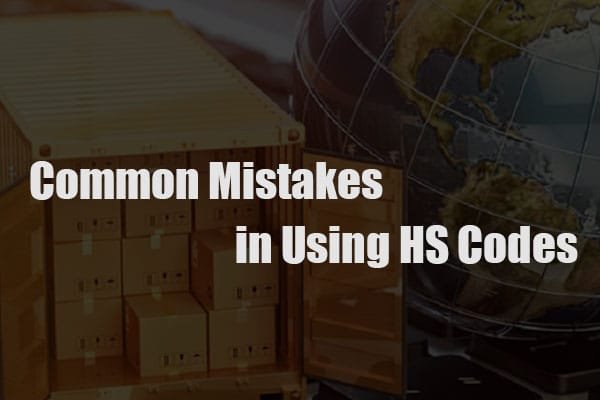
Misclassification of Goods
Picking an unavailable HS Code leads to paying duties in excess or breaching trade regulations.
Solution: Give a detailed product description and also consult customs experts or logistics providers to determine the exact code.
Use of Expired Codes
HS Codes get updated every five years. Using an outdated code could be a recipe for being non-compliant with customs regulations.
Solution: Follow the updates as released by WCO or your local customs authority from time to time.
Not Considering Local Extensions
Some countries, such as Canada, have further extensions with extra digits for specific tariff rates or trade purposes. Using only the globally harmonized six-digit code creates errors.
Solution: Research the local extensions, or seek advice about them from customs brokers or logistics partners.
Wrong Documentation
Discrepancies in documentation, such as different HS Codes between an invoice and a shipping manifest, can delay the Custom Clearance.
Solution: Check all documents for consistency before submitting them.
At Topshipping, we help businesses avoid these pitfalls by providing expert guidance, reliable tools, and up-to-date information, ensuring seamless shipping from China to Canada.
HS Codes in Shipping and Trade Documents
HS Codes are essential in international shipment and trade documentation, as they guarantee smooth customs clearance and appropriate duty calculations. Here’s how they are applied to key documents:
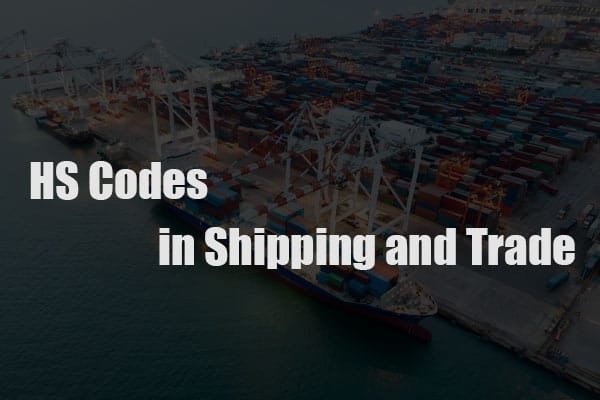
Trade Invoices
HS Codes are to be stated in a commercial invoice so that proper classification of traded goods is made. This provides customs with information to correctly ascertain duties and taxes payable.
Bills of Lading
While this is not necessarily required, the presence of HS Codes on the bill of lading will be an added clarity on the cargo and avoid delays or misunderstandings in shipment.
Customs Declarations
HS Codes are really important in customs declarations for compliance purposes. Customs officers use them to identify the nature of the goods to which appropriate tariffs apply and verify whether an item is restricted or prohibited.
Certificates of Origin
These documents also use HS Codes to confirm the type of product and see whether preferential trade agreements apply or not.
Duty Calculations
HS Codes have a direct relation to the duty rates applied. If wrong codes are provided, that may lead to overpayment, penalty, or refusal of shipment.
At Topshipping, we ensure that your shipping and trade documents are complete with the correct HS Codes so that the whole process goes smoothly while shipping from China to Canada.
How to Choose the Right HS Code for Imports and Exports?
Accurate HS Code selection is the way to go for hassle-free imports and exports. At Topshipping, we make life easier for our customers. Here’s how you do it:
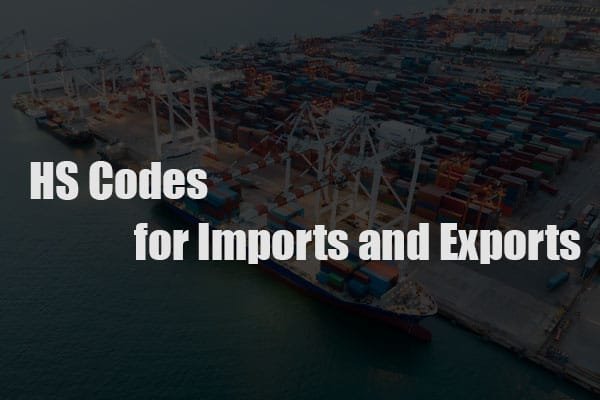
Know Your Product Specifications
Break down the details of your product, function, composition, manufacturing process, and accurate descriptions critical for finding the right classification.
Refer to Official HS Code Directories
Use World Customs Organization WCO tools or use your destination country’s customs authority, such as Canada’s online tariff databases where you can search by either the product name or category of your product.
Customs Declarations
HS Codes are really important in customs declarations for compliance purposes. Customs officers use them to identify the nature of the goods to which appropriate tariffs apply and verify whether an item is restricted or prohibited.
Certificates of Origin
These documents also use HS Codes to confirm the type of product and see whether preferential trade agreements apply or not.
Product Detail to HS Structure Match
Start reviewing the HS Code chapters, headings, and subheadings to identify the category that best aligns with your product. Be as specific as possible to avoid misclassification.
Check out Local Extensions
Many countries extend it further with extra digits for specific tariff rates or trade requirements, such as Canada. Make sure that you add these extensions accordingly.
Consult Customs Broker or Logistics Expert
Professionals like those at Topshipping can study the details of your product and suggest the most appropriate HS Code to avoid errors.
Check for Regular Updates
Make sure the HS Code you are using is current. The WCO updates the codes once every five years to fit in new products and trade patterns.
Using the right HS Code guarantees compliance, correct duty calculation, and smooth customs clearance, thus avoiding a risk of delays or fines.
Here at Topshipping, we got you covered through the whole process of shipping from China to Canada.
But what is of essence is the correct classification of goods in this connected world in which everything interrelates with international trade. The Harmonized System represents a uniform system for classifying traded products and provides the very foundation of international commerce.
From customs clearance to the determination of tariffs, and from trade statistics to risk management, HS codes have something crucial to do with almost every aspect of international trade
They ensure consistency, transparency, and compliance, making it easier for trading partners around the world to transact with each other seamlessly.
With the required know-how on correct HS classification, businesses can navigate through the maze of global trade.
It not only smooths out the shipping process but also reduces compliance risks and increases efficiency in trade.
Let me remind you that HS code classification is a feat that requires accuracy and painstaking care.
By embracing the spirit of the Harmonized System and following its prescriptions, we can ensure easier and more successful trade relations worldwide.
FAQ
The Harmonized System Code classifies products for customs, tariffs, and trade purposes using an internationally standardized system of names and numbers.
Ensuring you have the right Harmonized System Code for your products is crucial for smooth international trade.
It helps with customs clearance, duty and tax determination, and accurate import/export data tracking.

TopShipping
With years of experience in logistics and freight forwarding, the author is passionate about making shipping smoother and more efficient.
As a leader at TopShipping, they’ve developed a deep understanding of supply chain management, international shipping rules, and creative logistics solutions. They’re driven by a desire to help businesses succeed by delivering reliable, customer-focused services.
Over the years, they’ve also shared their expertise by writing for various industry publications, offering practical tips and insights on the latest trends in logistics. Thanks to their leadership, TopShipping has become a trusted name for companies looking for hassle-free global freight solutions.
Comment Section
Comment
Write your idea about "The ultimate guide harmonized system code"


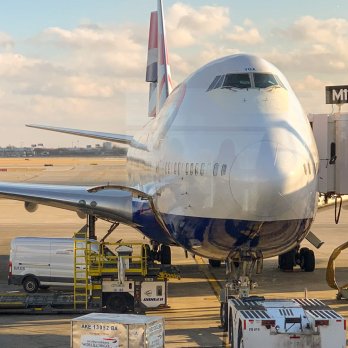

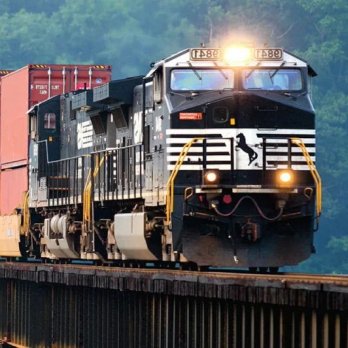
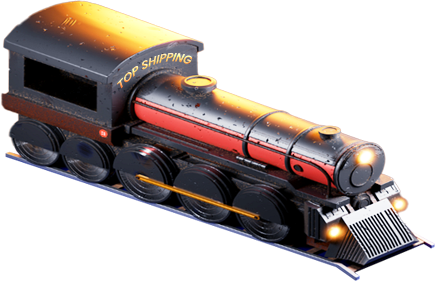
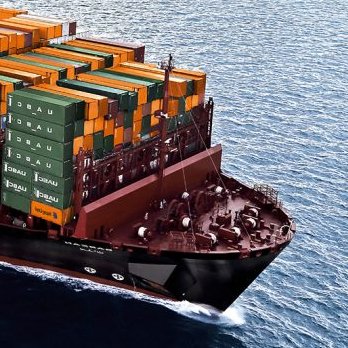
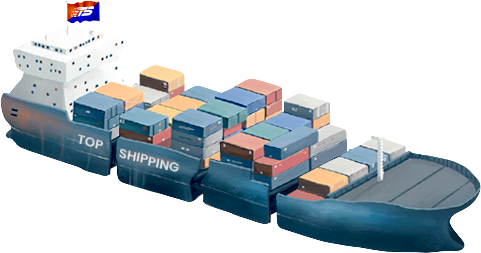
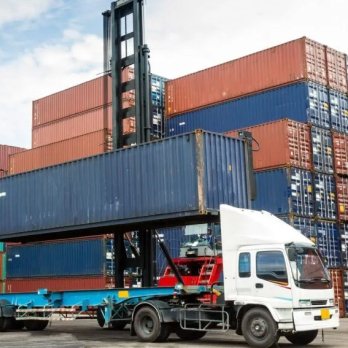
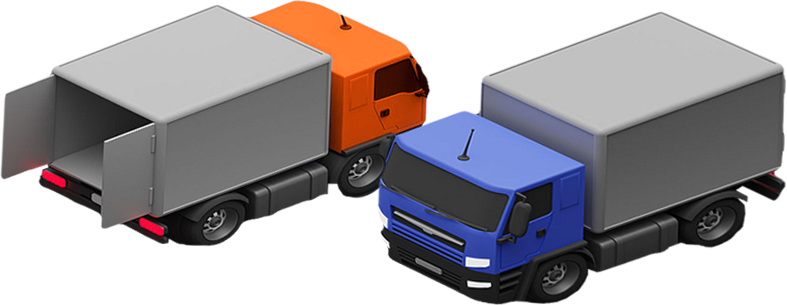
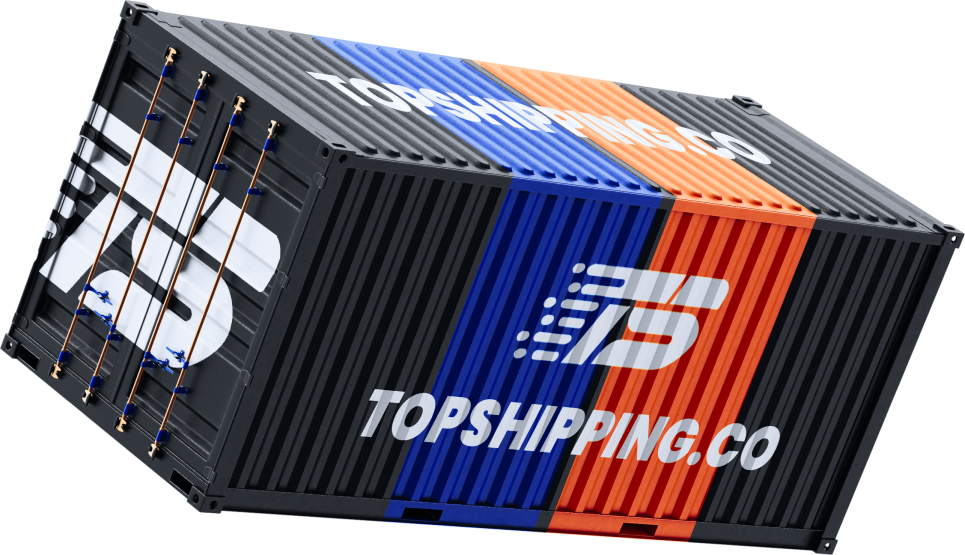





No comments yet.